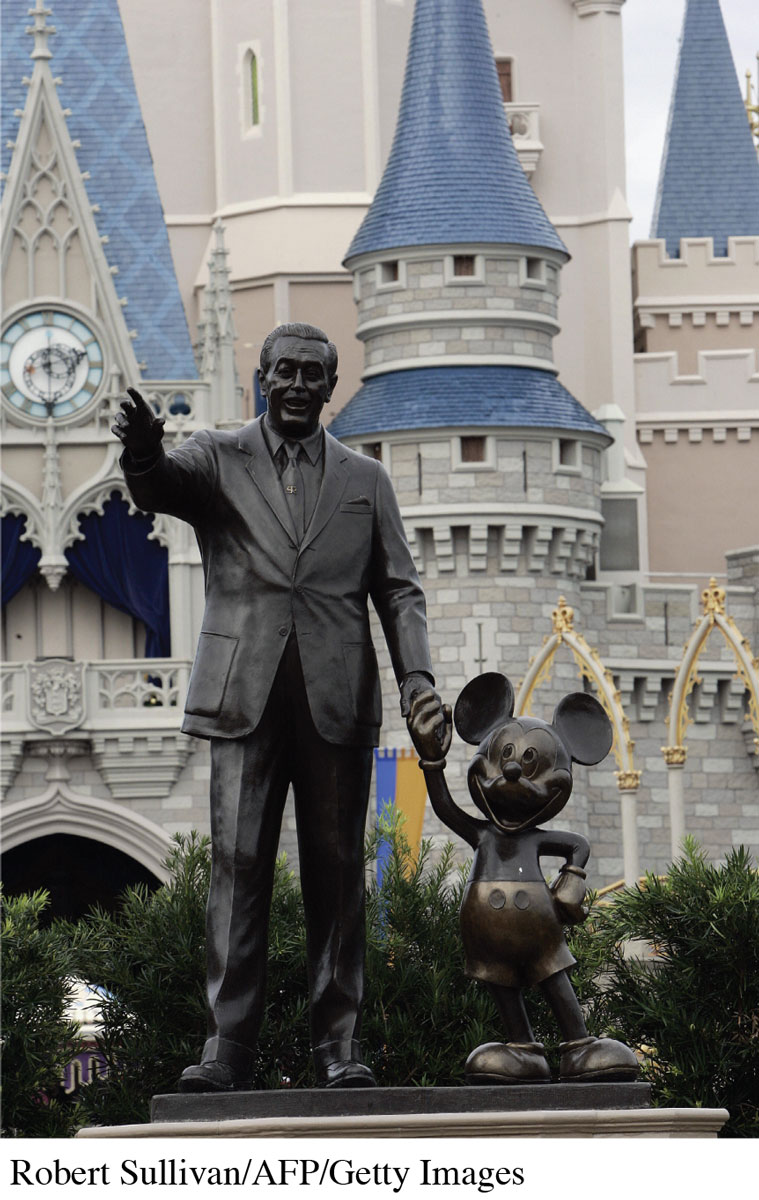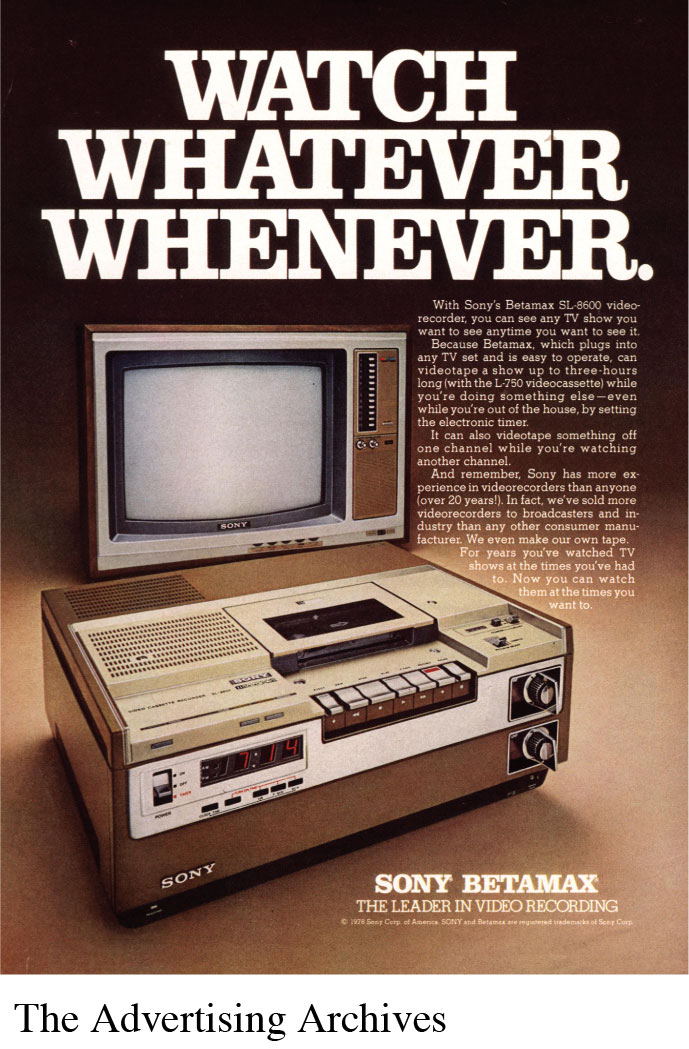Regulatory Challenges Facing Television and Cable
Though cable cut into broadcast TV’s viewership, both types of programming came under scrutiny from the U.S. government. Initially, thanks to extensive lobbying efforts, cable growth was suppressed to ensure that ad-revenue streams of local broadcasters and traditional TV networks were not harmed by the emergence of cable. Later, as cable developed, FCC officials worried that power and profits were growing increasingly concentrated in fewer and fewer industry players’ hands. Therefore, the commission set out to mitigate the situation through the implementation of a variety of rules and regulations.

Restricting Broadcast Networks’ Control
From the late 1950s to the end of the 1970s—the network era—CBS, NBC, and ABC dominated prime-time TV programming. By the late 1960s, the FCC, viewing the three networks as a quasi-monopoly, passed a series of regulations to undercut their power. The Prime Time Access Rule (PTAR), introduced in April 1970, reduced networks’ control of prime-time programming from four to three hours in an effort to encourage more local news and public affairs programs, usually slated for the 6–7 P.M. EST time block. However, most stations simply ran thirty minutes of local news at 6 P.M. and then acquired syndicated quiz shows (Wheel of Fortune) or infotainment programs (Entertainment Tonight) to fill up the remaining half hour.
In 1970, the FCC also created the Financial Interest and Syndication Rules—called fin-syn—which banned the networks from running their own syndication companies and thus reduced their ability to reap profits from syndicating old TV series. Five years later, the Department of Justice limited the networks’ production of non-news shows, requiring them to seek most of their programming from independent production companies and film studios.
With the rise of cable and home video in the 1990s, the FCC gradually phased out fin-syn, arguing that by then the TV market had grown more competitive. Beginning in 1995, the networks were once again allowed to syndicate and profit from rerun programs, but only those they had produced in-house.
Buoyed by the spirit of deregulation in the 1980s and 1990s, the elimination of fin-syn and other rules opened the door for major merger deals (such as Disney’s acquisition of ABC in 1995) that have constrained independent producers from creating new shows and competing for prime-time slots. Many independent companies and TV critics complain that the corporations that now own the networks—Disney, CBS, News Corp., and Comcast—have historically exerted too much power and control over broadcast television content.
Reining in Cable’s Growth—for a While
Throughout the 1950s and 1960s (before the broadcast networks accumulated extensive power), the FCC blocked cable companies from bringing distant TV stations into cities and towns that had local channels. The National Association of Broadcasters (NAB), the main trade organization for over-the-air television, lobbied Congress to restrict cable’s growth so that it would not interfere with broadcast station interests and local TV ad sales. However, by the early 1970s, particularly with the advent of communication satellites, cable had the capacity for more channels and better reception—and the potential to expand beyond small, isolated communities. In 1972, new FCC rules began to allow cable to start expanding while still protecting broadcasters.
Through the must-carry rules, the FCC required all cable operators to carry all local TV broadcasts on their systems. This ensured that local network affiliates, independent stations (those not carrying network programs), and public television channels would benefit from cable’s clearer reception. The FCC also mandated access channels in the nation’s top one hundred TV markets, requiring cable systems to provide free nonbroadcast channels for local citizens, educators, and governments to use. In addition, the FCC called for leased channels, on which citizens could buy time and produce longer programs or present controversial views.
Because the Communications Act of 1934 had not anticipated cable, the industry’s regulatory status was unclear at first. As a result, there was uncertainty in the 1970s about whether cable should be treated like print and broadcast media (with cable receiving First Amendment protections of its content choices). Cable operators argued that they should be considered electronic publishers, able to choose which channels and content to carry. However, some FCC officials and consumer groups maintained that cable systems were really more like common carriers—services, like phone companies, that do not get involved in monitoring channel content. Thus, access to content should be determined by whoever paid the money to lease or use the channel (like a telephone company that does not interfere with the content of a phone call). In 1979, this debate ended in the landmark Midwest Video case, in which the U.S. Supreme Court upheld cable companies’ right to dictate their own content and defined the industry as a form of electronic publishing.5 With cable’s regulatory future secured, competition to obtain franchises to supply local cable services intensified.

Through the 1980s and early 1990s, Congress approved several cable acts until rewriting the nation’s communications laws in the Telecommunications Act of 1996, which took away a number of ownership restrictions from radio and television and also brought cable fully under federal oversight, treating the industry like broadcasting. In its most significant move, Congress used the Telecommunications Act to knock down regulatory barriers. By allowing regional phone companies, long-distance carriers, and cable companies to enter one another’s markets, lawmakers hoped to spur competition and lower rates for consumers. Instead, cable and phone companies have merged operations in many markets, keeping prices at a premium. In fact, broadcast networks now own or co-own cable services. As the broadcast TV audience eroded throughout the 1990s and 2000s, the major networks also began acquiring or developing cable channels to recapture viewers. Thus, what appears to be competition between TV and cable is sometimes an illusion. NBC, for example, operates cable news services MSNBC (with Microsoft), CNBC, and entertainment channel Bravo. ABC owns the successful ESPN sports franchise, along with portions of Lifetime, A&E, History, and E! CBS was the slowest to develop cable holdings. Its once successful TNN (now Spike TV) and CMT (Country Music TV) channels are now controlled by its former parent company, Viacom. Such business practices and ownership combinations have continued in the digital era, as broadcast TV and cable seek to maintain their position in the face of new technologies that are changing the way Americans view and use TV content.